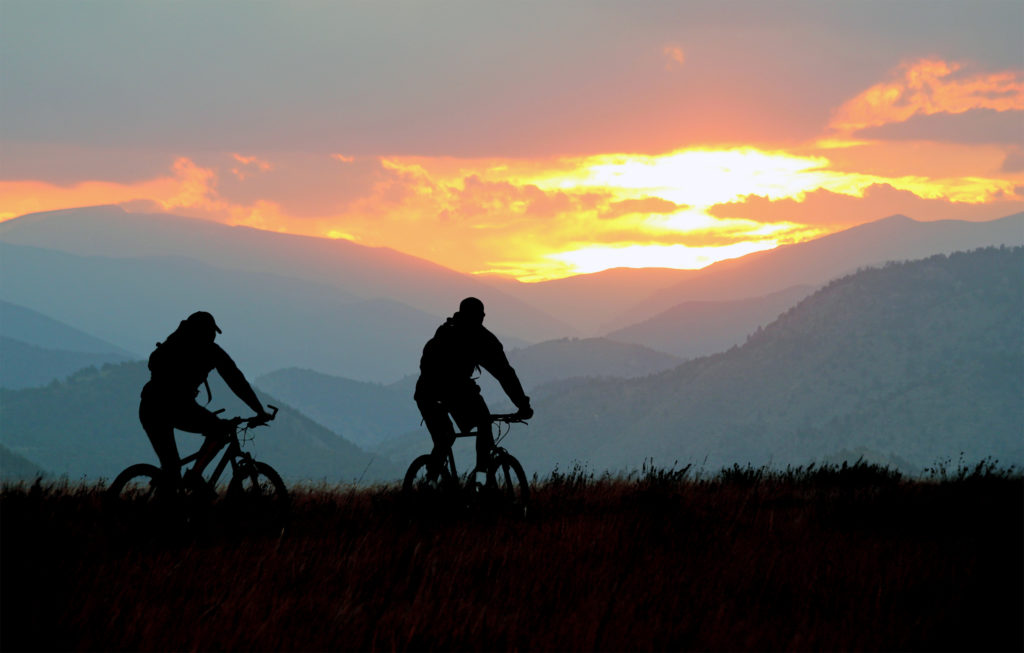By Lena Gelland
As we discussed in the previous post, understanding your body needs, strengths and restrictions are crucial to a successful and enjoyable fitness routine. However, there are a few universal rules that apply to the midlife exerciser, whether you work out in the gym, at home, or outdoors.
Rule 1 – Longer Warm-Ups
As we get older, our warm-up time should increase. The benefits include preparing and lubricating joints, increasing blood flow to the muscles, and elevating the heart rate. The warm-up also helps us build awareness about positioning our body in space. Design your warm-up around the movements you plan in your actual workout. I usually start sessions with an easy range of motion at all major joints, including the feet, ankles, shoulders, hips, and spine. Sometimes I use a foam roller to open up the chest and release the tight muscles of the upper back and the legs. Next, I proceed to wake up the core, and only then activate the big movers, balancing muscles in the front and back, working both bilaterally and unilaterally.
Rule 2 – Focus on Function
Have you seen people in the gym who year after year repeat the same routines on a treadmill or elliptical machine without noticeable results? Instead, challenge your metabolism with the variety of functional movements that reflect activities of everyday life.
Think, for instance, of hinging and squatting. We start a day getting off the bed, brushing teeth and using a toilet. Later we sit in chairs or get in and out of cars multiple times throughout the day. So, you should start with learning the proper form of basic squat and then slowly add progressions. There are tons of variations with and without equipment. To learn progressions, I recommend using the exercise library at Acefitness.org

Lunge variations reflect balancing on one leg as we step forward to reach for things or walking up a flight of stairs. If you are familiar with yoga, the Warrior series would be a good exercise to borrow for your new routine; after you secured a proper form, start adding load.
Pushing movements such as opening a heavy door, pushing furniture or putting your luggage in the overhead compartment on the plane may sometimes compromise the stability of the shoulder causing discomfort and pain. Progressions of the plank exercise is a safe alternative to the overhead press to strengthen your shoulders and arms.
Pulling movements such as rowing or pull-ups, remind us of situations in life when we pull heavy doors to open, boating and fishing, or occasionally climb a tree. Resistance bands are a great way to start, and the best way to progress in the gym is by using cable machines.
Rotational or spiral movement, is, indeed, a natural part of the gait. In addition, every time we reach across the body, we rotate. Unloading the dishwasher, moving bags of groceries from the shopping cart into the car trunk, getting out of the bathtub are just a few examples of rotation. You may borrow your twists from boxing, dancing, yoga, pilates, or martial arts: all of them are full of multiplanar and rotational moves.
Rule 3 – Distribute Movement Throughout the Day
One of the mistakes people often make is exercising too much trying to burn more calories, instead of focusing on activating the metabolism. Most of us, in an effort to make up for sedentary lives, would visit the gym for an hour a day and during this time try to squeeze the maximal volume and intensity out of our tight and stiff muscles. Too many repetitions, too much load with poor form is a proven recipe for joint injuries.
As the cost of orthopedic injury to our wellbeing doubles in our 40s and 50s, it can become life-threatening 20 years from now. To preserve the integrity of the joints, we must use proper form and avoid heavy loads; when lifting weights, we should run the math and estimate the risk versus reward. In any case, muscle activation and the range of motion at the joint should be the primary goal of the movement, not creating unnecessary bulk. The answer is to move more consistently throughout the day.
I invite you to contribute some new and creative ideas on how to maximize movement outside of the gym. Here is what I sometimes do after waking up in the morning; simple mobility exercises for my hands, wrists, ankles, and knees. I stretch in the shower. I do wall planks, and calf raises on the stairs. I pile up rocks on the beach and use them as mini weights for bicep curls. I’ve heard of people who perform 50 squats on a toilet every time they visit a bathroom. If you have a special routine or just a crazy idea, please share. It will be greatly appreciated!
Next Post: Exercise guidelines for people with shoulder and hip issues, acute and chronic low back pain, osteoporosis, and high blood pressure.
We are curious to learn from you! If you have a specific condition to add to the list, please let us know.


